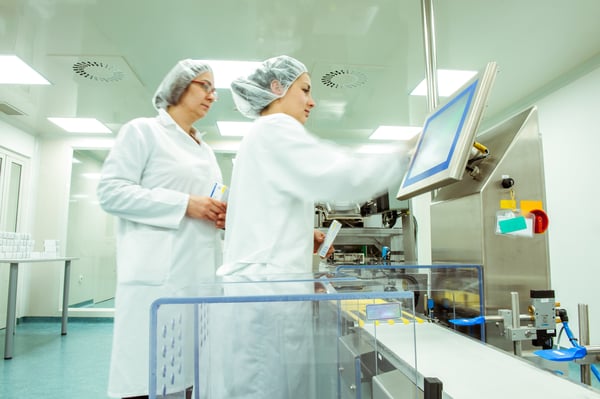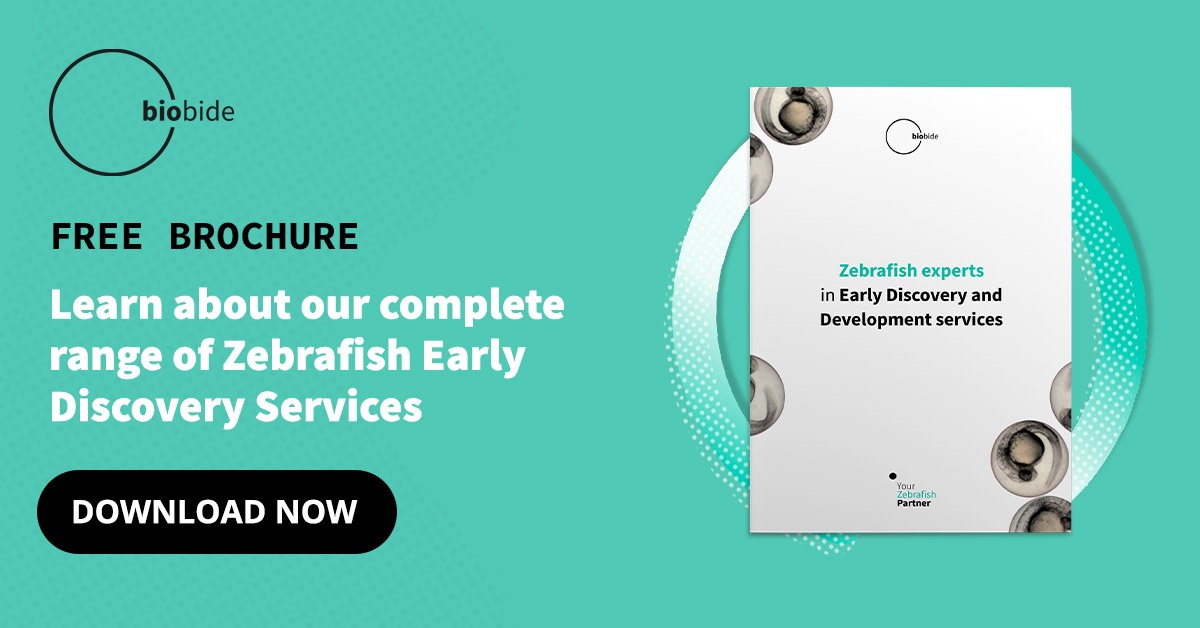Drug Discovery is the route by which new potential therapies are identified. This process involves biology, pharmacology, chemistry, and a wide range of scientific fields. In the earlier days, drugs were usually discovered either by recognizing an active compound from the already known traditional medical preparations or by pure coincidence. In the modern days, by employing advanced scientific research methods, new approaches are being developed to understand how disease and infection occur. Understanding pathophysiology will allow for more control over the physiological and molecular levels of finding a new drug.

The Drug Discovery process consists of multiple steps, including target identification, compound synthesis and characterization, and efficacy and toxicity screenings. Once a potential drug has presented effectiveness in these initial tests, it will continue the course of Drug Development preceding experimental trials. The Drug Discovery & Development process is a very long path, which can take many years— it may take up to 15 years to fully develop and obtain the approval of a single drug.

Why is the Drug Discovery and Development process important for marketing approval?
The Drug Discovery and Development process has become more complex over the past 40 years, demanding the need for solid preclinical studies to comply with the strict requirements of an investigational new drug’s application (IND), and comprehensive clinical trials before getting FDA marketing approval. Biologics license applications (BLA) or new drug applications (NDAs) are studied systematically before any authorization and after approval of any drug. After the process, post-marketing studies are still performed to assess the drug safety and efficacy over a large population. The all-encompassing objective is to get more efficient and harmless drugs to the patients as swiftly as possible.
In the USA, any drug manufacturer must fulfill the five essential steps for a drug to be developed, including many sub-divisions within them. These steps include:
- Discovery and Development
- Preclinical Research
- Clinical Development
- FDA Review
- FDA Post-market Safety Monitoring
The Role of Research in the Early Drug Discovery Process
Researchers must undergo a large amount of research to identify potential drug targets— these targets may be complex proteins and biochemical compounds, such as enzymes, biological transport systems, receptors, or any other metabolic process. The absence, presence or any change in these targets might result in a pathological condition. Any active ingredient has to go through the long pathway from discovery to approval. Only after a thorough examination and intensive study does a newly discovered active ingredient become an approved drug. Only a very small fraction of the substances researched receives approval and it takes an average of 13.5 years of research for the active ingredient to reach the patient as a drug.
As an example, according to Roche, it takes 7,000,874 hours of research work, 6,587 experiments, and 423 researchers to discover one single drug. This process has only become more burdensome in recent years. According to a new study by the Tufts Center for the Study of Drug Development, the journey of discovering and researching a new drug that will gain marketing approval is estimated to cost around $2.6 billion. Additionally, the estimated cost for post-marketing research and development ranges from $312 million dollars to $3 billion per drug.
To emphasize more on the role of research in Drug Discovery, we can say that every medication is produced as a result of a complex array of activities carried out by private or public organizations. The most important portion of these activities is carried out by highly qualified researchers in the fields of pharmacology, biology, chemistry, physiology, biochemistry, and microbiology to name a few. Additionally, constant research is always occurring in the background toward developing a new understanding of the physiological process and natural substances instead of being focused explicitly on the development of the drug itself. Scientists produce and feed on basic research at different institutions, establishing basic scientific concepts to further develop new therapeutic approaches. Study results are also published in medical and scientific journals, which further aid the identification of potential novel targets for Drug Discovery. Drug Discovery is an ever-constant process that will continue to develop and fuel the continuous pipeline of new therapies.




